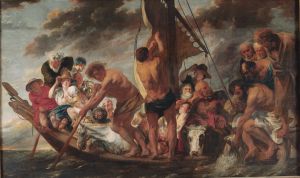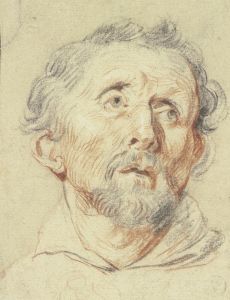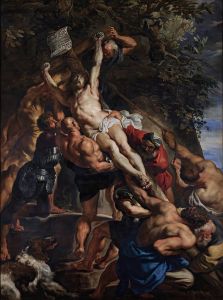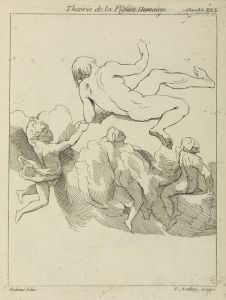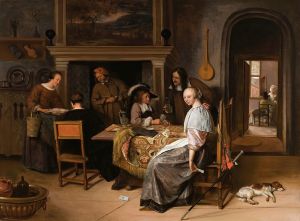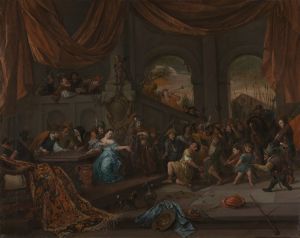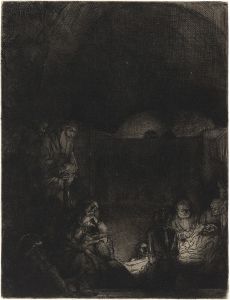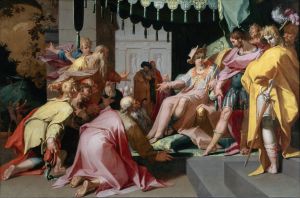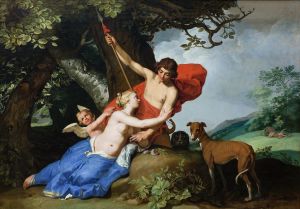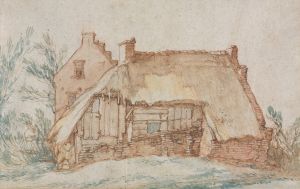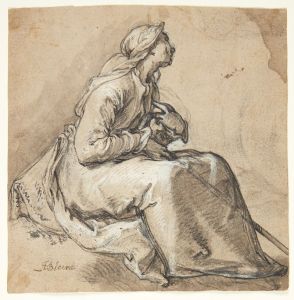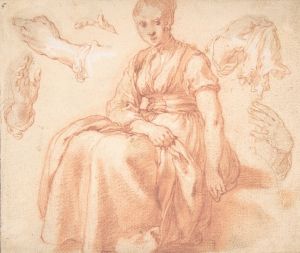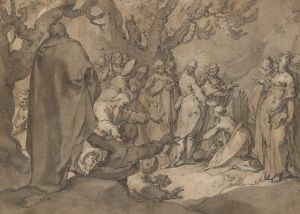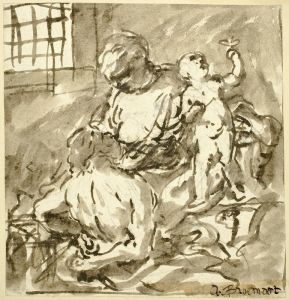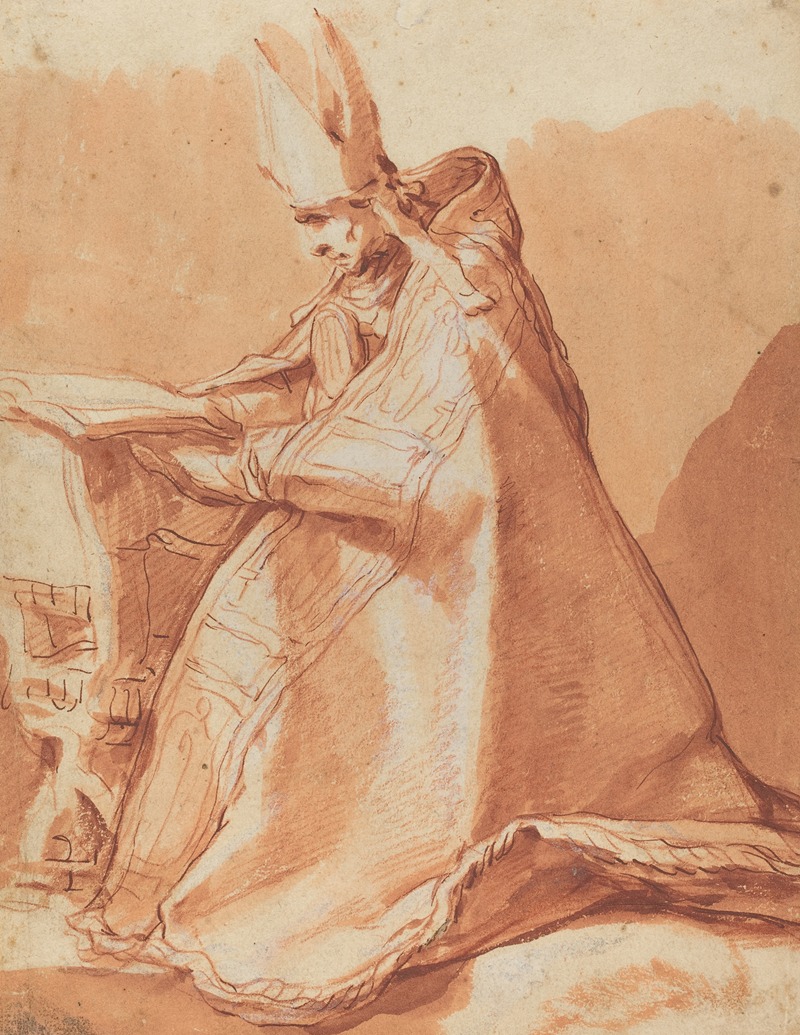
Seated Bishop
A hand-painted replica of Abraham Bloemaert’s masterpiece Seated Bishop, meticulously crafted by professional artists to capture the true essence of the original. Each piece is created with museum-quality canvas and rare mineral pigments, carefully painted by experienced artists with delicate brushstrokes and rich, layered colors to perfectly recreate the texture of the original artwork. Unlike machine-printed reproductions, this hand-painted version brings the painting to life, infused with the artist’s emotions and skill in every stroke. Whether for personal collection or home decoration, it instantly elevates the artistic atmosphere of any space.
Abraham Bloemaert, a prominent Dutch painter and printmaker, created the artwork known as "Seated Bishop." Bloemaert was an influential figure in the transition from Mannerism to Baroque in the Netherlands, and his works are celebrated for their dynamic compositions and vibrant use of color. Born in 1566 in Gorinchem, Bloemaert spent much of his career in Utrecht, where he became a leading figure in the Utrecht School of painting.
"Seated Bishop" is one of Bloemaert's many religious-themed works, reflecting the artist's deep engagement with ecclesiastical subjects. The painting depicts a bishop seated in a contemplative pose, adorned in the traditional vestments of his office. The bishop's attire is rendered with meticulous attention to detail, showcasing Bloemaert's skill in capturing the textures and intricate patterns of the fabric. The use of light and shadow in the painting highlights the bishop's serene expression, emphasizing his piety and spiritual authority.
Bloemaert's work is characterized by its strong composition and the use of chiaroscuro, a technique that employs stark contrasts between light and dark to create a sense of volume and three-dimensionality. In "Seated Bishop," this technique is evident in the way the light falls across the bishop's face and robes, creating a dramatic yet harmonious effect. The background of the painting is kept relatively simple, allowing the viewer to focus on the figure of the bishop and his contemplative demeanor.
Throughout his career, Bloemaert was known for his versatility and ability to adapt to changing artistic trends. He was a master of various genres, including history painting, landscapes, and portraiture. His influence extended beyond his own works, as he was also a respected teacher. Among his pupils were notable artists such as Gerard van Honthorst and Hendrick ter Brugghen, who went on to become prominent figures in the Dutch Golden Age of painting.
"Seated Bishop" is a testament to Bloemaert's mastery of religious iconography and his ability to convey a sense of spiritual introspection. The painting reflects the broader context of the Counter-Reformation, a period during which the Catholic Church sought to reaffirm its influence through art that emphasized religious themes and the veneration of saints and clergy.
Bloemaert's contributions to the art world were significant, and his works continue to be studied and admired for their technical proficiency and emotional depth. "Seated Bishop" is a fine example of his ability to blend realism with idealism, creating a work that is both visually striking and spiritually resonant.
Today, Abraham Bloemaert's paintings, including "Seated Bishop," are held in various collections and museums, where they continue to be appreciated by art historians and enthusiasts alike. His legacy as a pivotal figure in Dutch art history remains firmly established, and his works serve as a bridge between the Mannerist and Baroque styles that defined European art in the late 16th and early 17th centuries.





